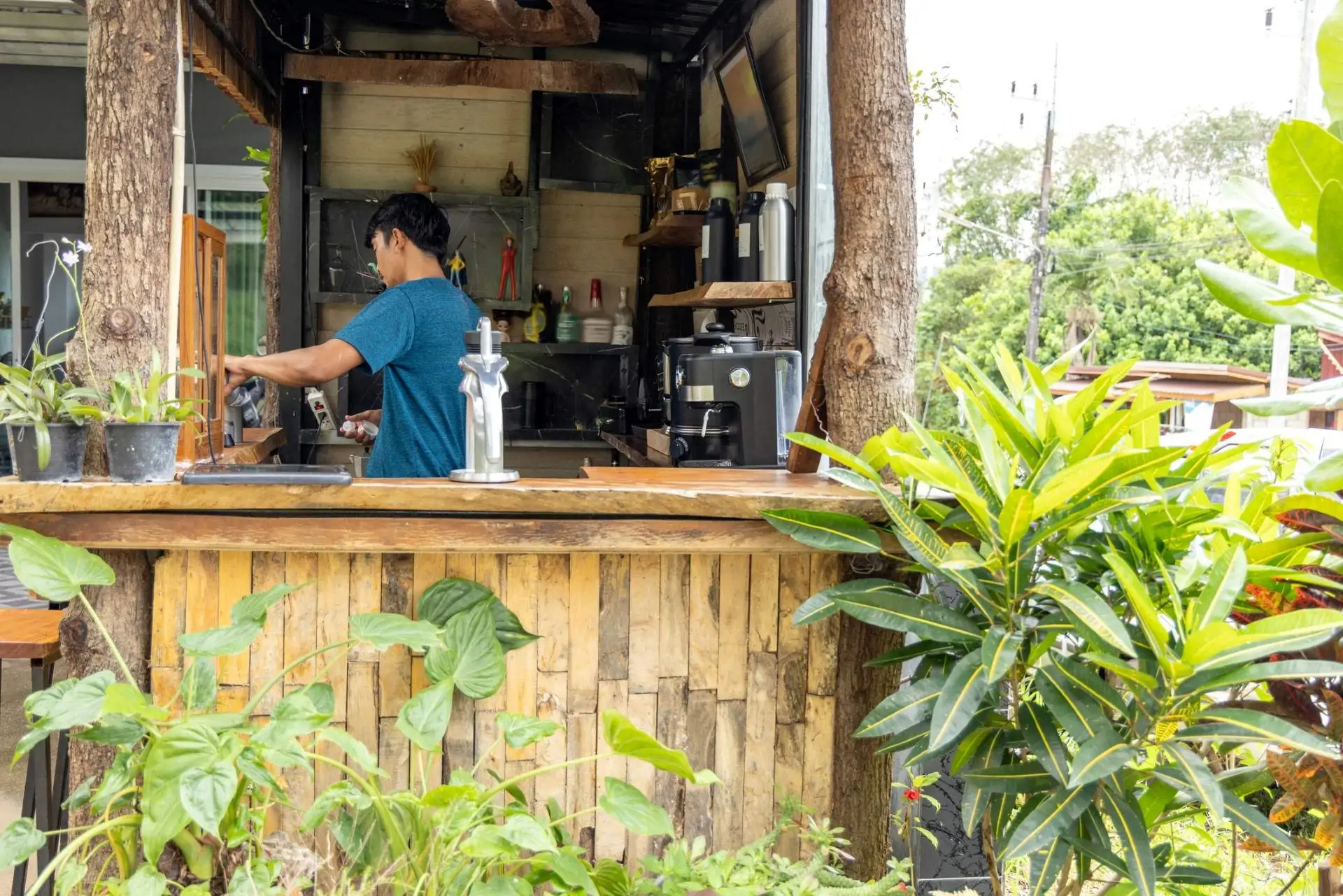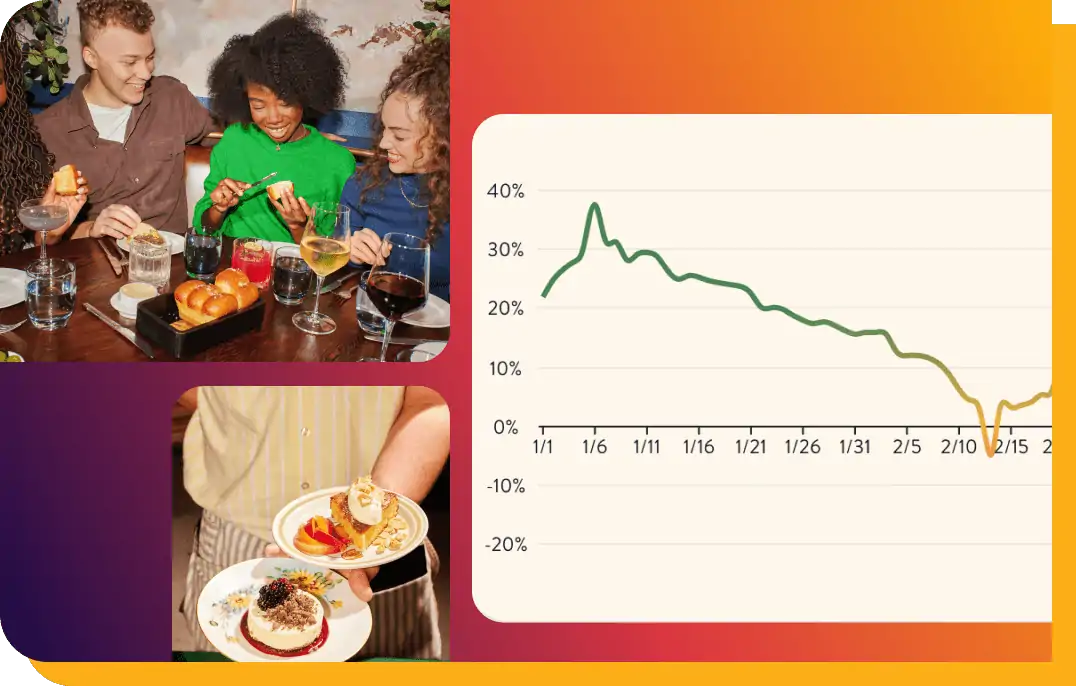In spite of inflation, increasing prices, and overall economic uncertainty, there’s one thing that people remain willing to pay up for: Sustainability. Even Michelin has gotten into the sustainable food movement, awarding a green star for restaurants that uphold the highest environmental standards.
According to one recent survey, 66% of consumers are willing to pay more for something that’s environmentally friendly.
Quick links
How to understand the eco-conscious guest
How to go green
How to spread the word
How to understand the eco-conscious guest
The number of people willing to pay a premium for sustainability ticks up year after year. This is because, in part, concerns about climate change are on the rise. Research from the American Psychological Association shows that 56% of Americans say climate change is the most important issue of the day, and 70% want to do whatever they can to curb the crisis.
Other recent research suggests that:
- 55% are more likely to buy a food item that comes with a sustainability claim
- 73% say they want to change their consumption habits to reduce their environmental impact
- 41% they’re highly willing to pay more for organic ingredients
It’s clear that a growing number of environmentally conscious guests want to support restaurants that make sustainability a part of their mission. The bright side is this market understands these high standards bring higher prices.

This crowd looks for food grown on local, environmentally responsible farms. They want meat produced humanely on a small scale. They demand ocean-friendly seafood. And when they are ordering takeout and delivery they expect everything packaged and transported in an eco-friendly way.
But increasingly, environmental considerations aren’t the only factors that qualify a restaurant as truly sustainable. To rank among the most beloved places in their hearts and minds, you’ll need to address these areas as well:
Social responsibility
The concept of sustainability extends not only to the food a restaurant serves but also to the way it interacts with its customers, team, and larger community. A sustainable restaurant is one that pays fair wages, offers benefits to employees, and gives back to its community.
Taste and quality
Most guests today understand that sustainable practices and top-quality ingredients go hand-in-hand. For example, many prefer the robust flavor of grass-fed beef to conventional beef. Locally grown vegetables tend to be fresher and more flavorful. It’s when sustainability and flavor combine that people are happiest to pay more.
Brand identity
If you go to the effort to adopt sustainable practices at your restaurant, make it part of your brand. Train your servers to tell the story behind the ingredients and proudly promote the farmers and purveyors you love. This lets people know you’re committed to sustainability and helps establish a deep sense of trust.

How to go green
Understanding how people feel about sustainable restaurants and spending can motivate a restaurant to adopt different practices to appeal to this market. But you need to walk the walk to be a leader in this area. People are more sophisticated than ever, and they know greenwashing when they see it. If you would like to cater to eco-friendly diners and make sustainability part of your mission, there are concrete steps, big and small, you can start taking today.
Here are some common practices to consider:
Reduce food waste
Restaurants waste a total of $162 billion worth of food annually, and guests know it. Reducing food waste is a great way to appeal to the eco-conscious crowd and save money at the same time.
Consider reducing portion or plate size, shrinking the menu, and creatively using parts of vegetables, like herb stems, that usually go to waste. Participating in a composting program is another great way to keep food out of landfills.
Use eco-friendly materials
Increasingly guests expect recyclable, compostable, or even reusable containers for takeout. Small things you can do include asking if people want plastic utensils with their to-go order and cutting down on plastic straws. Every single-use plastic you can reduce or eliminate is a win for the planet and the 77% of people who consider it the most environmentally damaging packaging.
Switch to energy-efficient practices
Use energy-efficient appliances, switch to LED lighting, and reduce unnecessary energy usage wherever you can. These simple steps can cut your energy bills and shrink your carbon footprint at the same time. To make your kitchen the greenest it can be, switch out gas stoves to induction when it’s time for a new one.
Add plants, subtract meat
Offering more plant-based menu options shows you support guests who want to reduce the negative environmental impact of meat production through their food choices. These menu options will also appeal to a growing number of customers who seek out vegan or vegetarian meals for health reasons.
Make cleanup cleaner
Seek out eco-friendly cleaning products and reduce water usage to minimize the environmental impact of a restaurant’s cleaning routine. Employees will also appreciate the better air quality that comes with the elimination of noxious cleaning chemical fumes.
By implementing these and other sustainable practices, you can reduce your carbon footprint, save money, and attract customers who prioritize sustainability. Don’t be overwhelmed–start where you are and make incremental changes. Guests will notice.

How to spread the word
A serious commitment to sustainability will distinguish you from other restaurants and win loyal guests, but only if people understand what you’re doing. You can let the world know where you stand on sustainability in a variety of ways, including:
Add it to your website
Include any information about your sustainability practices on the restaurant’s website. You can do this on the menu, but an “about us” page allows for the space to really tell your sustainability story.
Use social media
Tell your followers about the latest seasonal ingredient or show off your new reusable takeout container program via all your social media channels.
Display a sign
Make signs or posters that highlight sustainable practices, such as using local ingredients or composting food waste.
Get certified
Apply for a certification program, such as the Green Restaurant Association or the Sustainable Restaurant Association. These imprimaturs can provide recognition and credibility for a restaurant’s sustainability efforts. You might also consider becoming a B Corp.
Train your team
Part of a server’s job is to tell the story of a restaurant. If sustainability is part of your story, servers should be talking about it with guests, especially when a guest has a question on the topic. These questions are becoming more common, and nothing delights eco-conscious people more than when a server has informed, satisfying answers.
Whether you are personally on an environmental mission or you’re focused on attracting more high-value guests, there are many reasons to put sustainability on your priority list. Small steps you take today can lead to making a big impact over the long term both for your business and the planet.




